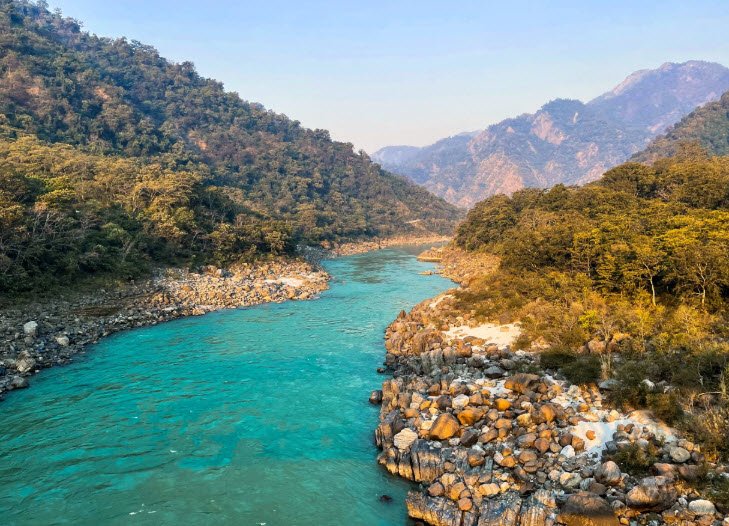
Continents: The Diverse Landmasses of Our Planet
Continents: The Diverse Landmasses of Our Planet
The Earth, often referred to as the "blue planet" due to its abundant water bodies, is home to seven major continents that span across its surface. These vast landmasses are Asia, Europe, Africa, North America, South America, Australia, and Antarctica. Each continent is unique, boasting its own geography, culture, and natural wonders, making our planet a diverse and fascinating place to explore.
The Largest of Them All - Asia
Asia holds the title of being the largest continent, covering approximately one-third of the Earth's total land area. This colossal continent is situated primarily in the Eastern Hemisphere, and it is here that you'll find the Tropic of Cancer cutting across its terrain. To the west, Asia is separated from Europe by the formidable Ural Mountains, and when these two continents are considered together, they are known as Eurasia.
Europe: The Smaller Neighbor
In contrast, Europe is considerably smaller than its neighbor, Asia. It lies to the west of Asia and extends into the Arctic Circle. Europe is almost entirely surrounded by water bodies on three sides, creating a unique geography and shaping its climate.
Africa: The Equator's Playground
Africa takes the second-place spot in terms of size after Asia. This diverse continent is bisected by the Equator, running nearly through its center. A significant portion of Africa is situated in the Northern Hemisphere, making it the only continent through which the Tropic of Cancer, Equator, and Tropic of Capricorn all pass. Africa is famous for many natural wonders, including the Sahara Desert, the world's largest hot desert, and the Nile River, the longest river on Earth.
North America: Vast and Diverse
North America ranks as the third-largest continent globally and is located entirely in the Northern and Western Hemispheres. It shares its southern border with South America via the narrow Isthmus of Panama and is surrounded by three vast oceans, making it a land of great geographical diversity.
South America: The Andes and the Amazon
South America is primarily situated in the Southern Hemisphere and is bordered by the Atlantic Ocean to the east and the Pacific Ocean to the west. This continent boasts the Andes, the world's longest mountain range, running from north to south, and the Amazon River, the largest river globally in terms of discharge.
Australia: The Island Continent
Australia, often referred to as the "island continent," is the smallest of the continents and lies entirely in the Southern Hemisphere. Surrounded by oceans and seas on all sides, it is known for its unique wildlife and diverse ecosystems, including the famous Outback.
Antarctica: The Frozen Frontier
Finally, Antarctica, a colossal continent located entirely in the Southern Hemisphere, takes the crown for being the iciest and most extreme continent on Earth. The South Pole is situated almost at its center, and thick ice sheets permanently cover this landmass. While there are no permanent human settlements, many countries maintain research stations there, including India's Maitri and Dakshin Gangotri.
In conclusion, our planet's seven continents each have their distinct characteristics, offering a rich tapestry of geography, culture, and natural beauty. Exploring these continents allows us to appreciate the incredible diversity and uniqueness of our world, making Earth a truly remarkable place to call home.










